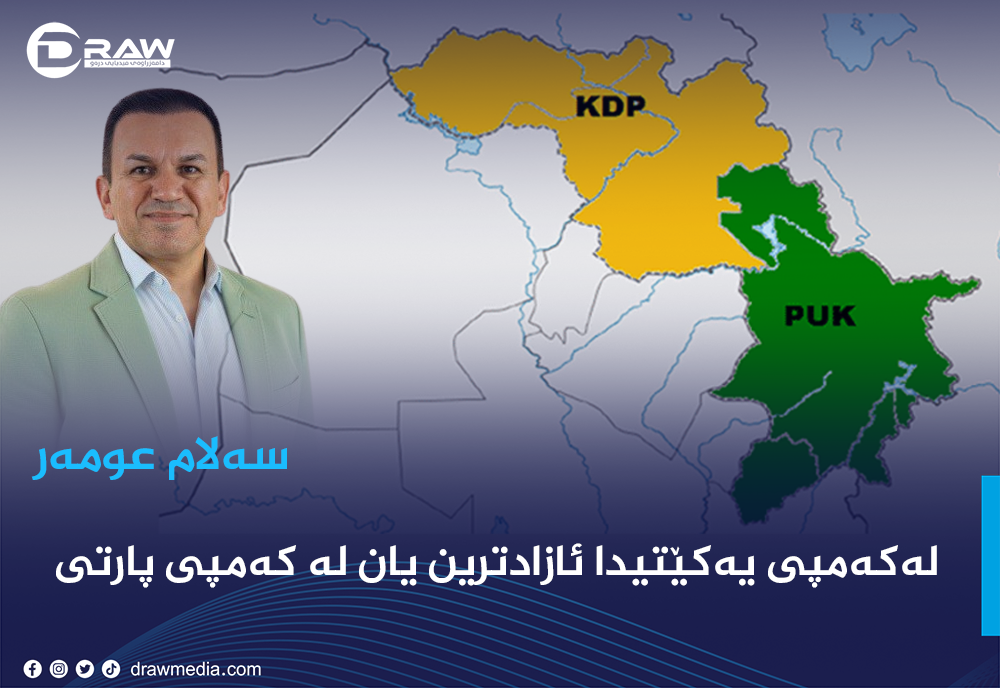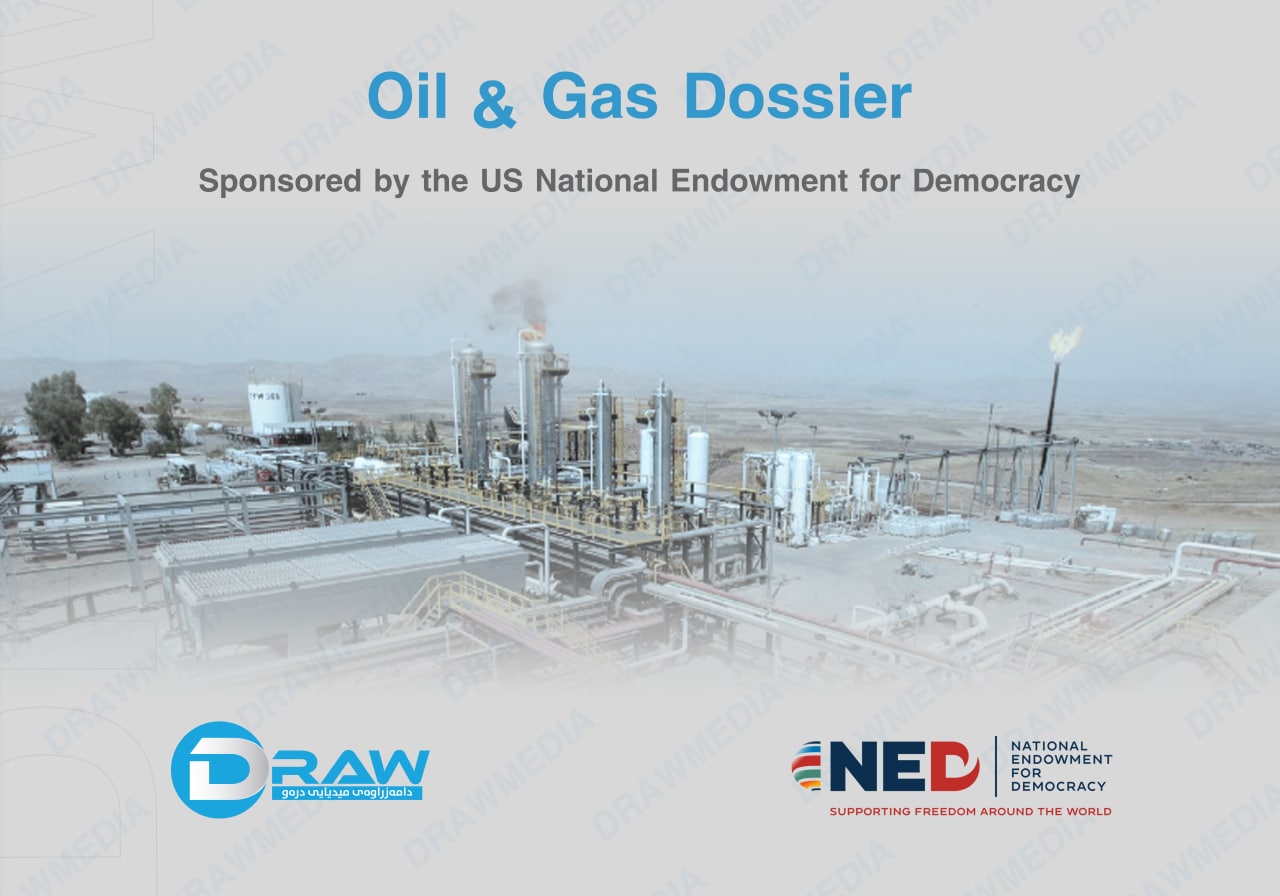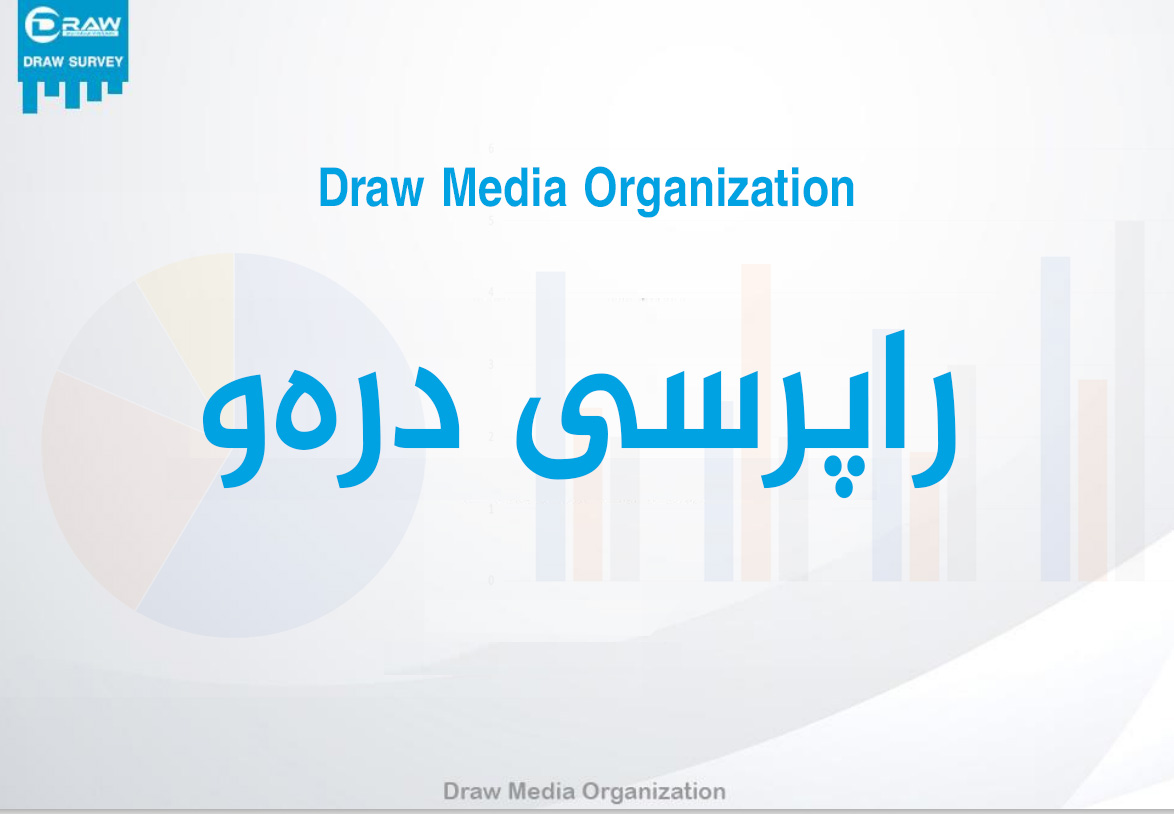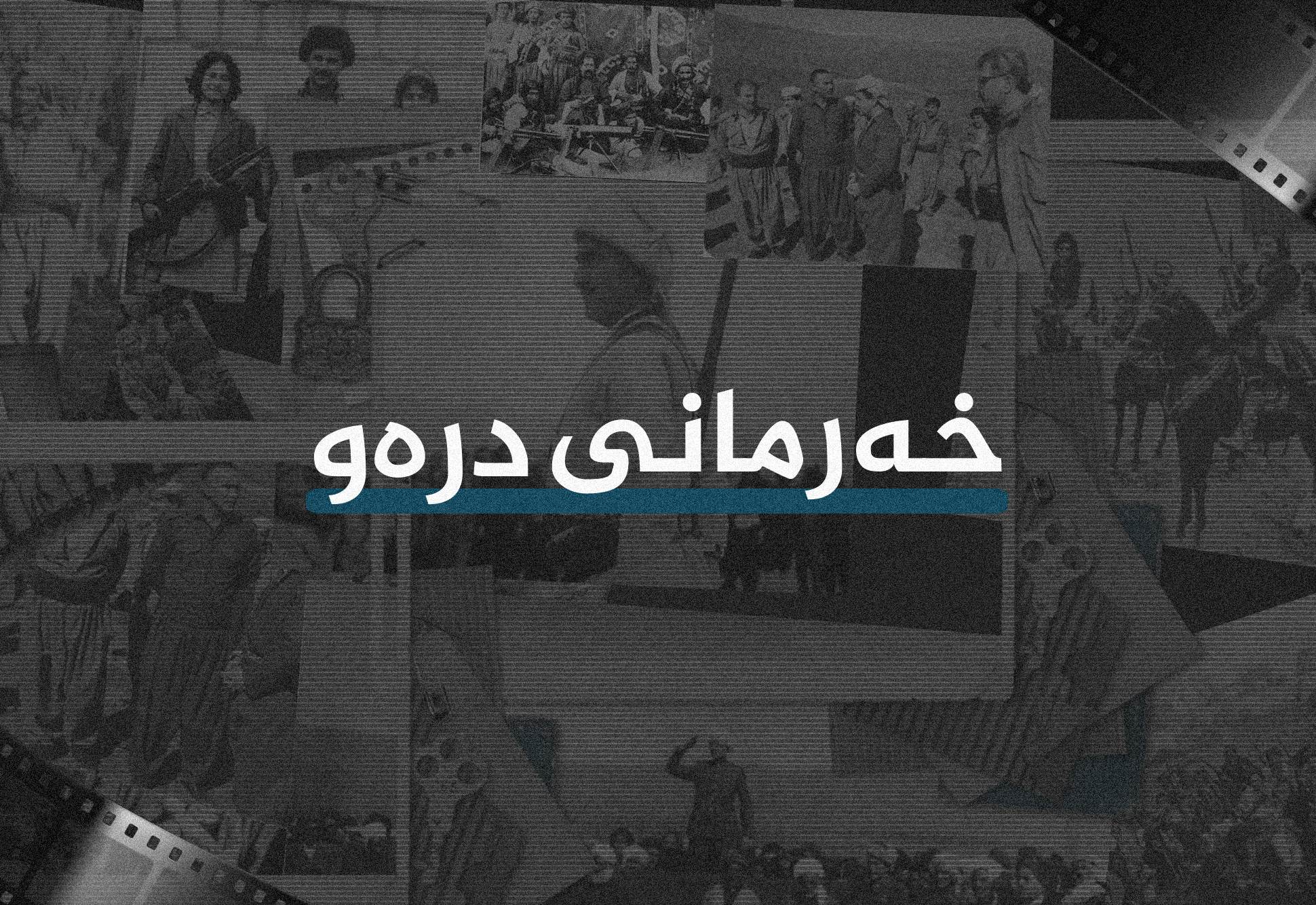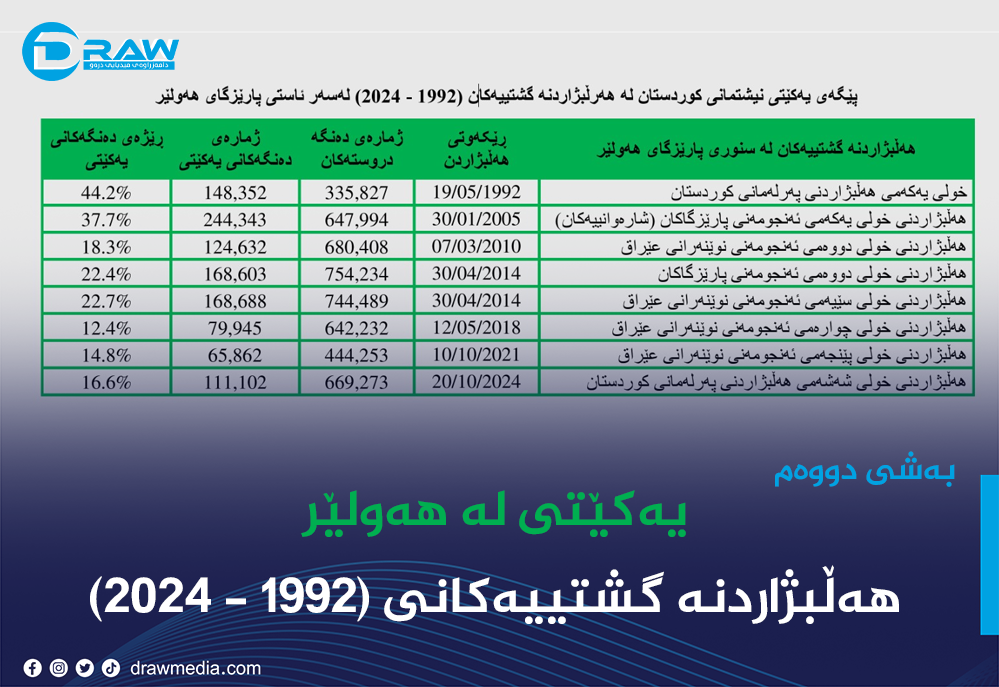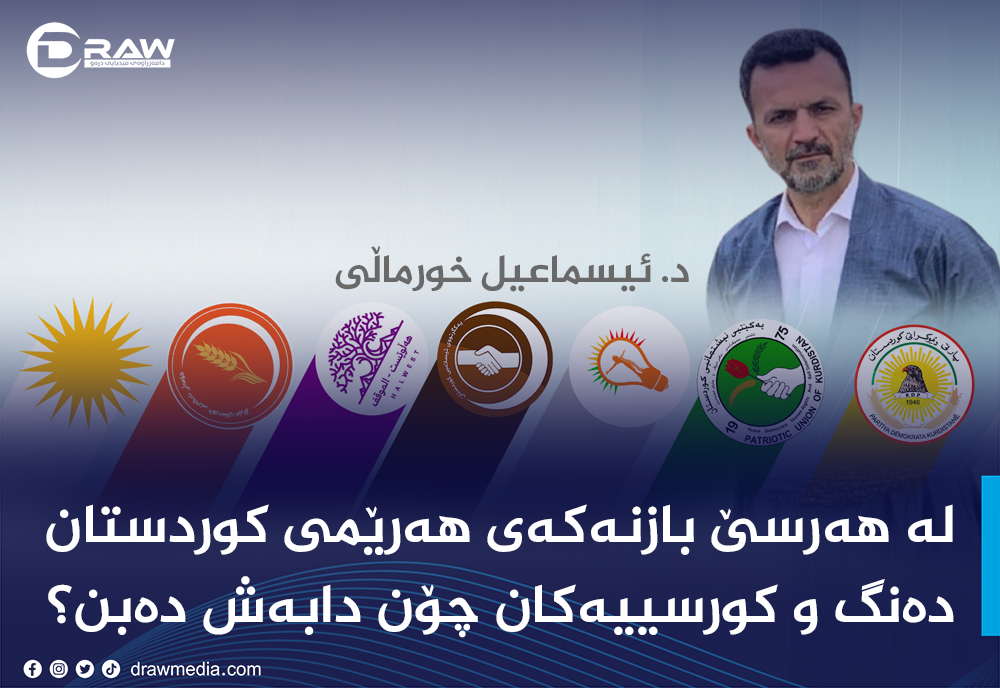United States in Iraq: Withdraw but Do Not Disengage
.jpg)
2024-01-31 09:20:05
Draw media
Sardar Aziz - EMAIRATES POLICY CENTER
|
Key Takeaways
|
Speaking to Reuters on January 10, Iraqi Prime Minister Mohammed Shia al-Sudani reiterated his country’s demand for a quick and orderly negotiated exit of United States-led military forces from Iraq. While describing the coalition forces as destabilizing, he did not set a timetable for the exit. This came after the end of an unofficial truce between the US army in Iraq and the Shia militias under the ruling coalition, the Coordination Framework. The truce commenced when the Sudani cabinet took charge and ended on October 7, 2023.
The pressure on US forces this time is different as the region struggles to control a potential wider conflict due to the Israeli-Gaza War. Domestically, Iraq is run by pro-Iran forces. The Sadr Movement, the Kurdistan Democratic Party (KDP), and the Sunnis are either outside the government or weakened. While Iran has to do something to justify its resistance narrative, it knows that pushing the relationship to the level of Iraq-US disengagement will harm its interests, too. There is too much fog around the US-Iraqi relationship, especially on how and when to end the US presence in Iraq.
This is due to the involvement of too many actors: the US government, the Iraqi government, the Iraqi pro-Iranian militias, the Iranian government, and, to a lesser degree, other Iraqi components, Kurds and Sunnis. The current Iraqi government attempts to involve the broader public by sending a question to 20 million Iraqis on their mobiles, asking them whether they agree with the departure of the international coalition forces. It attempts to add a democratic flavor and makes the relationship murkier. Therefore, it is essential to demystify this fog and the different actors’ behaviors to understand the relationship’s current nature and potential future.
The Nature of the Relationship
On November 17, 2008, Ambassador Ryan Crocker finalized the Strategic Framework Agreement for a Relationship of Friendship and Cooperation with the Republic of Iraq. The US side calls the agreement Strategic Framework, while the Iraqis call it the Withdrawal Agreement, a linguistic but telling nuance. The agreement is based on several principles: Respect for sovereignty, defense cooperation, and rejection of violence to settle disputes. Moreover, the temporary presence of US forces in Iraq is at the request and invitation of its sovereign government and, with full respect for Iraq’s sovereignty, is part of the deal.
This agreement was given another life when Iraq came under pressure from ISIS. The US was initially reluctant, but after the fall of Mosul in 2014, Iraq requested air power. However, the strategic agreement remained the basis of the US-Iraqi relationship and negotiations. Both sides attempted to focus on different aspects at different times based on the need and urgency and diversify the relationship beyond security and the military. For instance, before the October 7 attack, they focused on economic cooperation, according to Sarhang Hamasaeed, the Director of the Middle East Programs at the United States Institute of Peace.
Initially, Iran was an external third party in the US-Iraq relationship. Iran’s presence turned the Iraq-US strategic relationship into a highly unpredictable and sometimes battleground, as Iran and the US collided on the nature of the relationship and the nature of the Iraqi state. Consequently, the third party has added geopolitical, sectarian, and emotional aspects to the relationship. The US drone strike killing Islamic Revolutionary Guard Corps (IRGC) Quds Force Commander Qasem Soleimani and Popular Mobilization Forces Deputy Commander Abu Mahdi al-Muhandis in 2020 was a critical juncture. It put the Iraqi elites under pressure and led the Iraqi Council of Representatives to pass a resolution calling for the withdrawal of US forces from Iraq.
As a former Iraqi MP revealed, the air was highly retaliatory, and the government had to do something. The resolution was driven by emotional motivation rather than long-term Iraqi interest. The US-Iraq relationship has changed significantly due to Iran’s involvement. It has heightened Iranian apprehensions and concerns, particularly over the drive for a US pullout, given that Iraq is not equipped, either economically or militarily.
Secondly, the indirect Iranian presence has added regional issues to the US-Iraqi bilateral relationship. It further complicates the relationship and makes Iraq less capable of defending its interests. Thirdly, it has added the state of emergency aspect: When the Iran-US relationship escalates elsewhere, the Iranian proxies in Iraq respond. Fourthly, Iranian influence has made Iraqi society and politics increasingly polarized.
The Iraqi View: Strategic Ambiguity
In 2020, after the Council of Representatives voted to expel the US forces, Barbara A. Leaf and Bilal Wahab considered nationalist sentiment and Iranian pressure as the main drivers behind the expulsion. This time, Iraqi nationalism is conspicuously absent, particularly considering Sadr’s exclusion from the political process. As a result, the US-Iraqi relationship and its current course are more Iranian and less focused on Iraqi concerns, especially from the Iraqi side.
In the case of US withdrawal, Iran is believed to continue to dominate further. Many might not be happy with the outcome, particularly in Sunni areas, where they would prefer a limited US military presence. This also holds for the Kurds. Falah Mustafa, Senior Foreign Policy Advisor to the President, said that the US representatives had reassured them of their decision not to withdraw. Despite Baghdad’s declaration, the Pentagon said it does not have plans to evacuate its approximately 2,500 personnel.
These statements show the US and Iraq’s lack of enthusiasm for a withdrawal. Besides the security aspect, a quick withdrawal will risk the country already facing economic and diplomatic consequences. The country’s current dollar situation indicates this. Entangled between Iran and the US, Iraq has to compromise and take the burden. Iraq can now heighten its rhetorical opposition to the US presence, especially in the media. In an interview with the Wall Street Journal, PM Sudani, not worried that the coalition’s departure would undermine Iraqi military capabilities, said: “There is no cause for concern, as we have capable security forces that can control all areas of Iraq.”
This suggests Iraq is targeting military departures. According to US officials, adjustments to the international coalition, including about 900 troops from two dozen countries and 2,500 US troops, may be necessary to satisfy Iraqi rhetoric. The Iraqi PM intends to form an Iraq-US bilateral committee. From the Iraqi political doctrine perspective, the committee represents taking the longest route or not doing it at all. To placate two hostile powers in a precarious situation, the Iraqi government, the weakest link between the US and Iran, is forced to adopt strategic ambiguity, swinging between withdrawal and no withdrawal.
The US View
According to the former US Assistant Secretary of State for Near Eastern Affairs, David Schenker, the US neither wants to leave under threat nor believes the moment is right. Several factors directly and indirectly influence the present state of US-Iraq ties. The pre-Gaza assault on US policy toward Iran is in the background. The US had other priorities, such as Russia’s Ukraine invasion and China’s rise. Moreover, its internal politics considers the Afghanistan and Iraq wars as undeserving of US blood and wealth.
Accordingly, the US tried to buy off through agreements that would commit the Iranians to step back from the brink of the nuclear program. They want Tehran to release some Americans and refrain from aggressive activities in the Gulf against tanker traffic and US interests, allies, and assets across the Middle East. Iran seeks to have influence essentially by provocation. Indirect support for the Framework and the weakening of others in Iraq set the premise for further centralization and weakened federalism.
This reality is also behind the current Iraqi call for US withdrawal. Iran and its proxies in Iraq believe they have marginalized the others. The US tries to see the crisis as transitory and will soon defuse it, just like in 2019. At best, this might not be accurate. The US is now forced to revert to using hard power and the prospect of escalation, even though it hoped to move attention to the relationship’s economic, financial, and cultural parts. The US will suffer from this and lose influence within the country.
The Iranian-Iraqi militias are working to demilitarize the Iraqi relationship with the US, among them by expelling the advisors, even though they may wish to retain diplomatic and commercial ties. In addition, the US partners in Iraq are losing faith, particularly now that these groups have weakened the Kurdish troops, whom the US has traditionally considered to be more allying. As Iran attempts to gauge the US’s patience, the latter is being compelled to take more unwanted actions.
The Iranian View
Iraq is the most strategic country for Iran. For many Iranians, a place like Karbala is not a foreign place as Iraq is a threat and also a strategic asset to Iran, which it runs through the IRGC. However, despite its strong and close relationship with Iraqi elites, Iran is deeply unpopular with the Iraqi population, among them the Iraqi Shia. Iran, therefore, views US involvement in Iraq as posing a cultural and political threat besides a military one. Iran is thus opposed to a democratic state that supports America, is located nearby, and may serve as a role model for Iran’s disgruntled youth. Iran’s traditions and values are being challenged, particularly by women and youth, as seen by the republic’s most recent Jin, Jiyan, and Azadi rallies.
Attempts to create an Iraqi political culture opposing Western culture are part of the Iranian strategy in Iraq. The last two decades have shown that the US and Iran have an unwritten agreement to split the spoils in Iraq, as the Iraqi Kurdistan representative in Tehran believes. Others argue that “the Iran-Iraq bilateral relationship is crucial for both countries – it is deeply grounded in history and will continue despite the threat of boycotts, sanctions, and war.”
The Iranian campaign to drive Americans out of Iraq is different. Iran wants to see the US troops leave Iraq entirely. However, it does not want to disengage. The former entails the complete withdrawal of advisers supplying the Iraqi military with training assistance, terminating military interaction beyond regular Chief-of-Mission operations. The US has no base in Iraq, and the Iraqi government owns all joint base areas used by the US military, including those located within the Kurdish Regional Government.
While Iran does not want Iraq and the US to reach the disengagement level, i.e., withdrawing combat assistance and advisory units and relinquishing borrowed physical space on Iraqi military bases, the US withdrawal will impact the dollar flow to Iraq. That will harm the Iranian economy or might turn Iraq from an economic asset into a liability.
Where is the Situation in Iraq Headed?
The US-Iraq relationship is not isolated from the more significant global and regional developments. Geopolitical strategist Peter Zeihan says, “The period of US hyper-involvement in global affairs is ending.” This break in commitment will directly impact the world, particularly the Middle East. Aware of this prospect, neighboring countries are vying for influence and growth, and the US and Iraq are discussing their relationship in this context. The two countries’ delegates convened on January 25 to “start working group meetings of the US-Iraq Higher Military Commission (HMC)” following the delayed escalation.
The HMC will enable the transition to an enduring bilateral security partnership between the US and Iraq, building on the successes of Iraq’s Defeat-ISIS in Iraq and Syria. The committees will consider the ISIS threat, operational and environmental requirements, and the Iraqi security forces’ capability levels. The US seeks to expand security cooperation to promote stability in Iraq and the surrounding area.
Iraqi leaders and officials welcomed the negotiation, which was seen as an event to de-escalate. However, some doubt it. The Iraqis saw the meeting as a way to prepare for withdrawal. According to the Iraqi media, “withdrawal” was removed from the statement. All this happened prior to the January 28 attack on the T22 bases in northeastern Jordan, killing three US service members and injuring 25 others.
The Tanaf attack is anticipated to alter the engagement terms. The attack will put Biden under immense pressure at home from Trump and many Republican congress members. The strike demonstrated the futility of Biden’s deterrence strategy, which Iran and its allies view as a vulnerability. Now, the Biden administration has to punish Iran and its proxies and convince its constituency at home and its allies in the Middle East.
While there are calls for attacks on Iran, a direct US strike on Iranian land seems unlikely. Others have highlighted the possibility of covert action, which would not serve the present US government and the Biden administration, which aims to project US power and deter Iran from engaging in military aggression. The US is anticipated to move in several military, diplomatic, and economic capacities to target Iranian assets and militias in Iraq, which could lead to an escalation in Iraq.
Conclusions
The current push to expel Americans from Iraq is unlike any previous attempt, as the new drive is more Iranian. Iran is in dire need of using its low-level proxy involvement in Iraq to support its resistance narrative in the wake of the Israel-Hamas conflict. While officially, Iran might combine Iraq and Gaza, the real target is within Iraq, the only place where the Iranian proxy has the capacity and willingness to hit the Americans directly.
Iran seeks to solidify its coalition control over Iraq, pressuring the US to leave but not to disengage, thereby making the Framework the only powerful entity in Iraq, marginalizing others. Iran may not succeed in its goal as the US will not begin talks as long as drone attacks continue and will not leave under pressure. Iran manages to degrade parties and groups that it has not yet entirely subjugated, like the KDP and Sadr, restrict the US diplomats, and put the military and administration on high alert.
The US may strive to stay by changing the strategic agreement. However, it is rapidly losing its reputation and aura in Iraq, adversely impacting its soft power. The major actors might lose control, and the situation could worsen. Iraq is, therefore, a battlefield, but more significantly, it is a stage for performances and message-giving. It seems insufficient to attribute the US-Iraqi escalation in Iraq to the Israeli-Gaza War alone. More than anything else, Iran takes the US presence in Iraq seriously. This tit-for-tat will continue to pressure Americans and also shape the Iraqi political landscape.







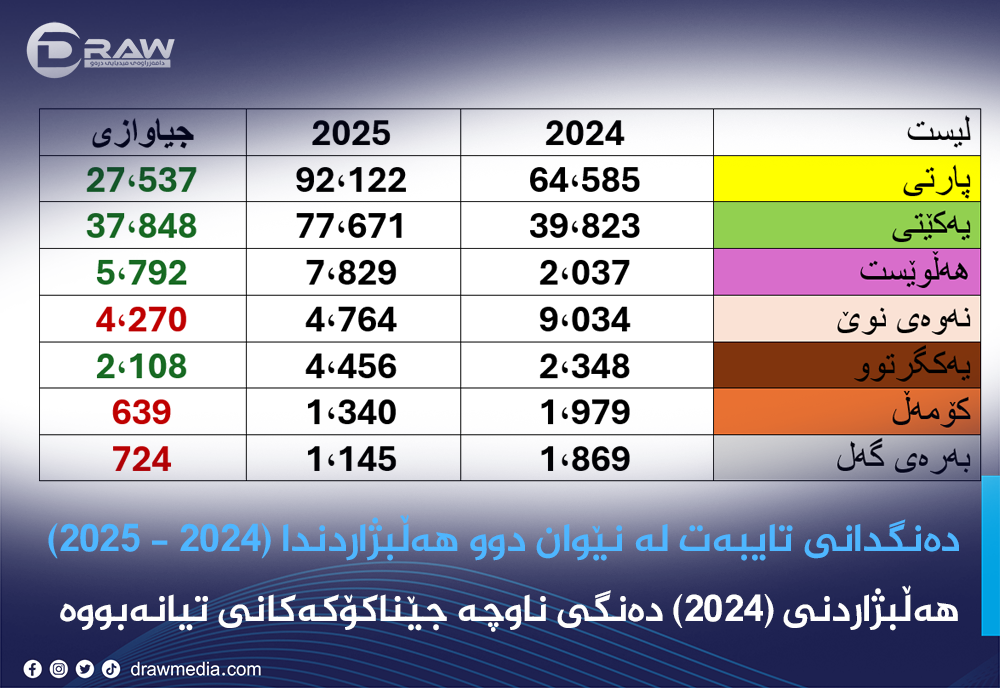
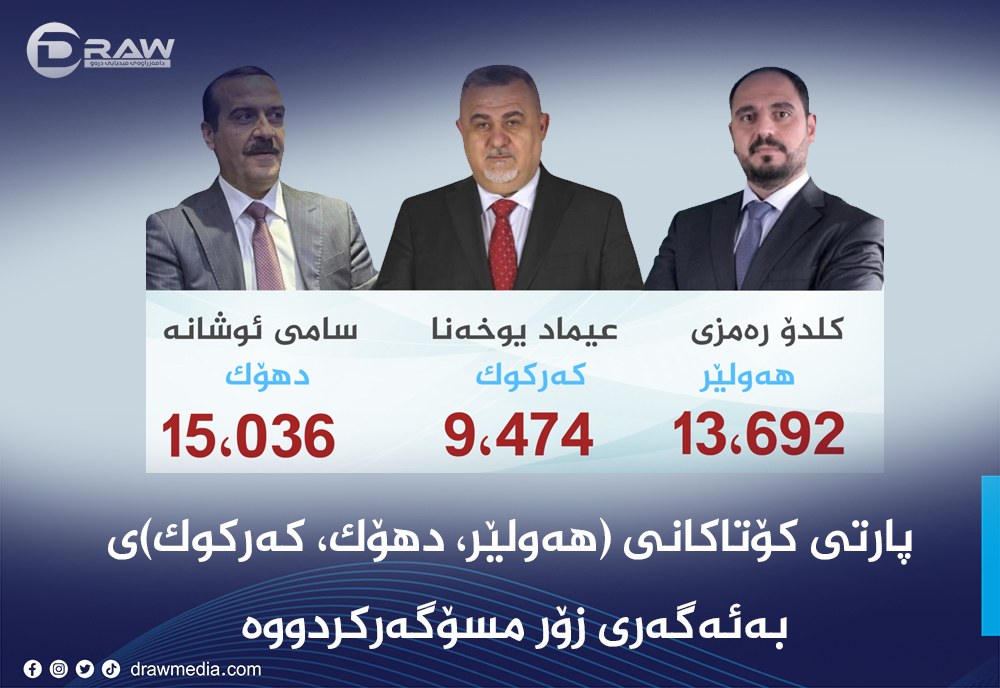
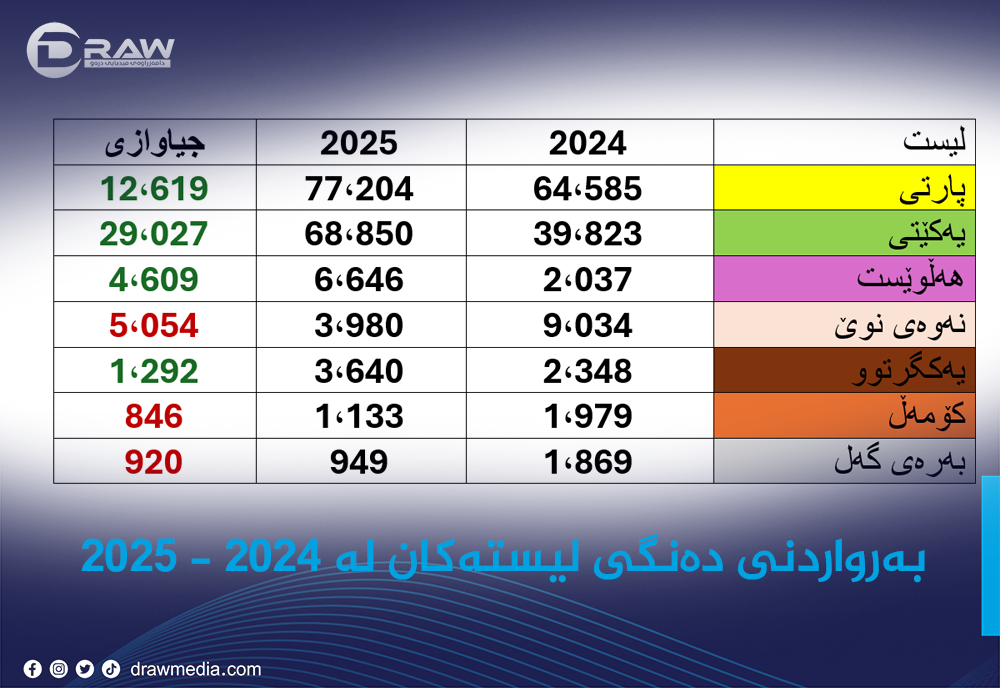
.png)

